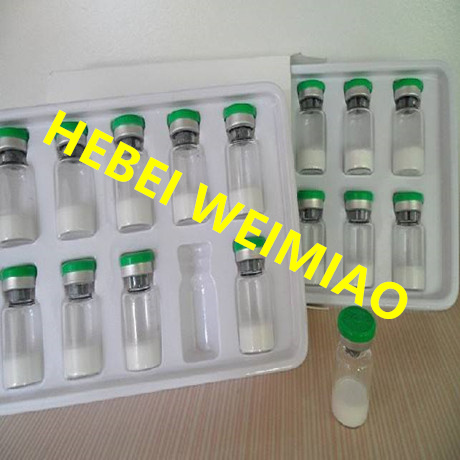
- +86-13363869198
- weimiaohb@126.com

Nov . 30, 2024 21:09 Back to list
Procaine HCl CAS 59-46-1 Manufacturers and Suppliers Overview
Procaine Hydrochloride An Insight into Its Production
Procaine Hydrochloride, known by its CAS number 59-46-1, is a local anesthetic and a derivative of para-aminobenzoic acid. First synthesized in the 1900s, it has been widely used in medicine, particularly in dentistry and minor surgical procedures. As demand for this compound increases in pharmaceutical applications, the production of Procaine Hydrochloride is driven by various factories worldwide, each employing distinct methodologies to synthesize this critical drug.
Understanding Procaine Hydrochloride
Procaine is valued for its ability to block nerve impulses in certain tissues, leading to temporary loss of feeling in the targeted area. The hydrochloride salt form enhances its solubility in water, making it easier to administer through injection. Its clinical uses include dental anesthesia, infiltration anesthesia, and nerve blocks. Despite newer anesthetics being developed, Procaine remains a staple due to its effectiveness, safety profile, and cost-effectiveness.
Manufacturing Processes
The production of Procaine Hydrochloride typically begins with basic raw materials such as para-aminobenzoic acid, diethylaminoethanol, and hydrochloric acid. Factories utilize various chemical synthesis methods, with the most common being the esterification process. In this step, para-aminobenzoic acid reacts with diethylaminoethanol, resulting in the formation of Procaine. Once synthesized, the compound is then converted into its hydrochloride form by reacting with hydrochloric acid.
The synthesis is heavily regulated to ensure the purity and quality of the final product. Quality control measures are crucial, as impurities can affect the safety and efficacy of the anesthetic. Advanced techniques such as high-performance liquid chromatography (HPLC) are often employed to analyze the product at different stages of production.
Global Production Facilities
procaine hcl cas 59-46-1 factories

Numerous pharmaceutical factories across the globe play a role in the production of Procaine Hydrochloride. Countries like India, China, and the United States host many of these manufacturing plants, often equipped with state-of-the-art technology and facilities. In addition to meeting local demand, these factories also export their products to international markets, contributing significantly to the global supply chain.
Factories are typically categorized into two types large-scale manufacturers and specialized niche producers. Larger manufacturers benefit from economies of scale, allowing them to produce Procaine Hydrochloride in bulk at lower prices. Niche producers, on the other hand, often focus on high-quality production and customized formulations for specific markets, emphasizing purity and specific end-use applications.
Challenges in Production
While the production of Procaine Hydrochloride continues to thrive, several challenges persist. Regulatory compliance is paramount in ensuring that factories adhere to stringent safety and quality protocols. Additionally, factories must navigate the ever-shifting landscape of pharmaceutical regulations, which can vary dramatically by country. This complicates international trade and requires factories to stay current with changes in legislation.
Moreover, the raw materials required for synthesizing Procaine Hydrochloride are subject to market fluctuations that can influence production costs. Factories must develop robust supply chains to mitigate these risks, ensuring consistent availability of high-quality raw materials.
Conclusion
As Procaine Hydrochloride remains a cornerstone in local anesthesia, the role of factories in its production is critical. Continuous advancements in manufacturing technologies, alongside rigorous quality control, are essential to meet the growing demand for this valuable compound. As we look to the future, the balance between efficiency, cost, and quality will determine the evolution of Procaine Hydrochloride production across the globe. Factories that adapt to changing market dynamics will ensure that this effective anesthetic remains readily available for medical professionals and their patients.
-
High-Quality GS-441524 for White Liquid Type Factories & Suppliers
NewsJul.29,2025
-
High-Quality Pharmaceutical Intermediates for Sale – Reliable Supply
NewsJul.29,2025
-
High-Quality Pharmaceutical Intermediates for Sale - Reliable Solutions
NewsJul.29,2025
-
High-Quality Pharmaceutical Intermediates Supplier for Global Market
NewsJul.28,2025
-
GS-441524 for White Liquid Type Factories – High Purity & Reliable Supply
NewsJul.28,2025
-
Buy 158861 67 7 Peptide for Effective Weight Loss and Muscle Gain
NewsJul.27,2025